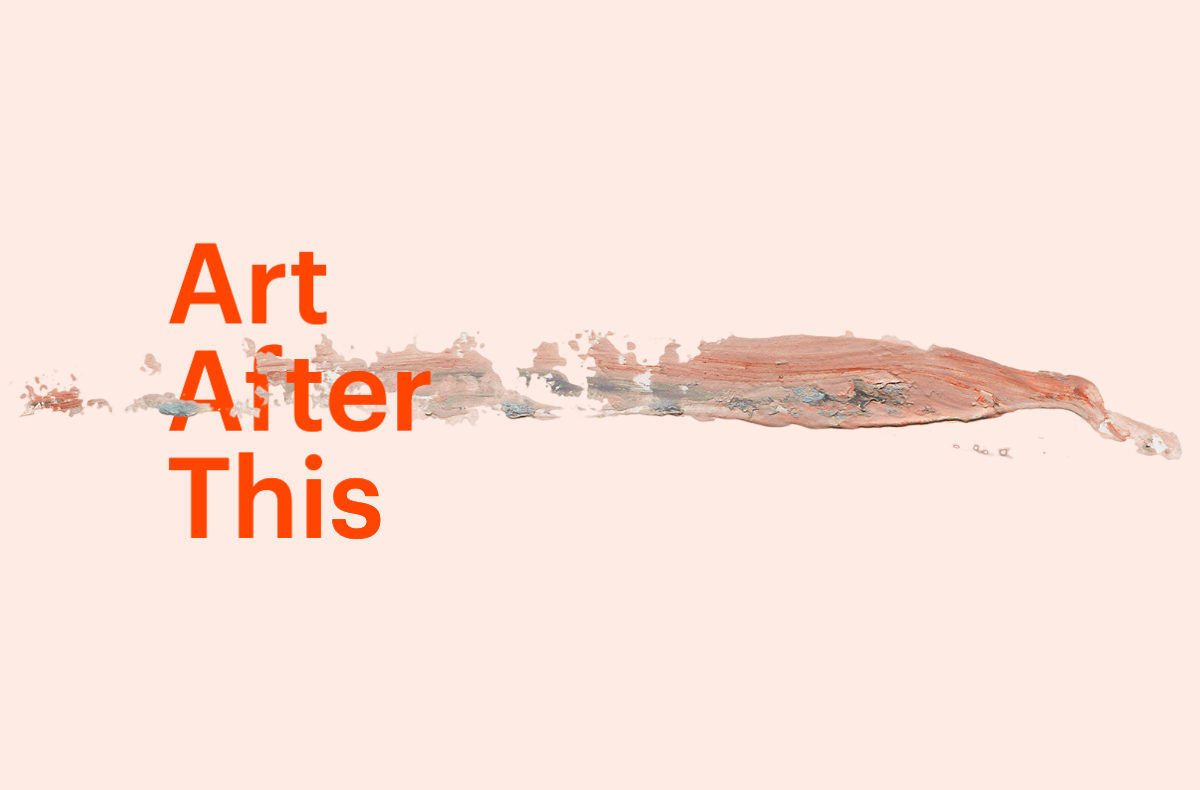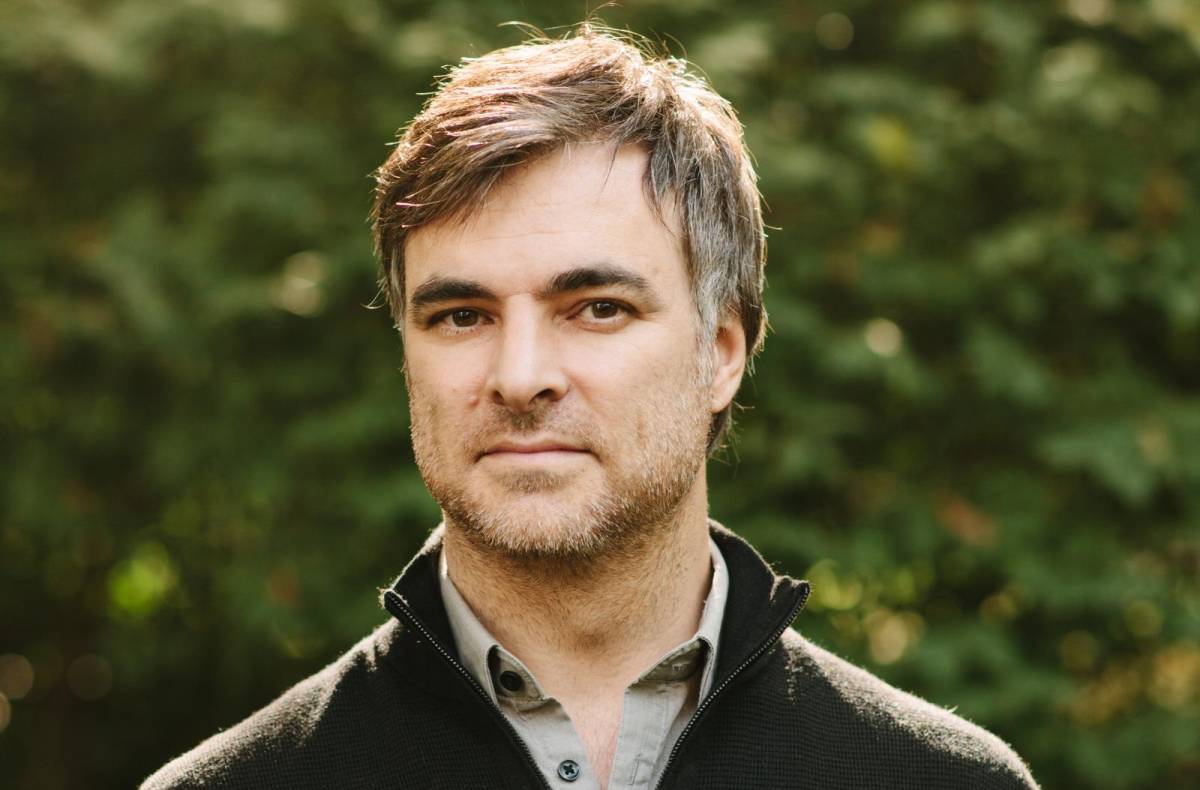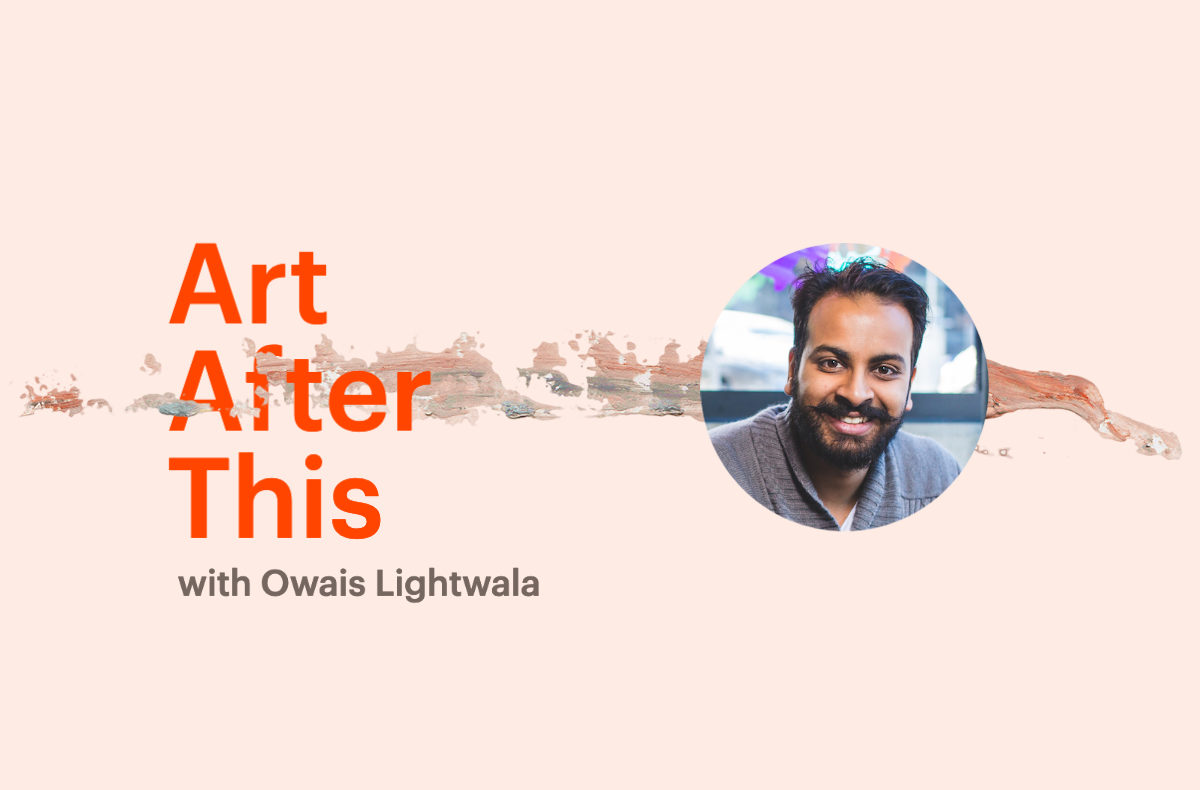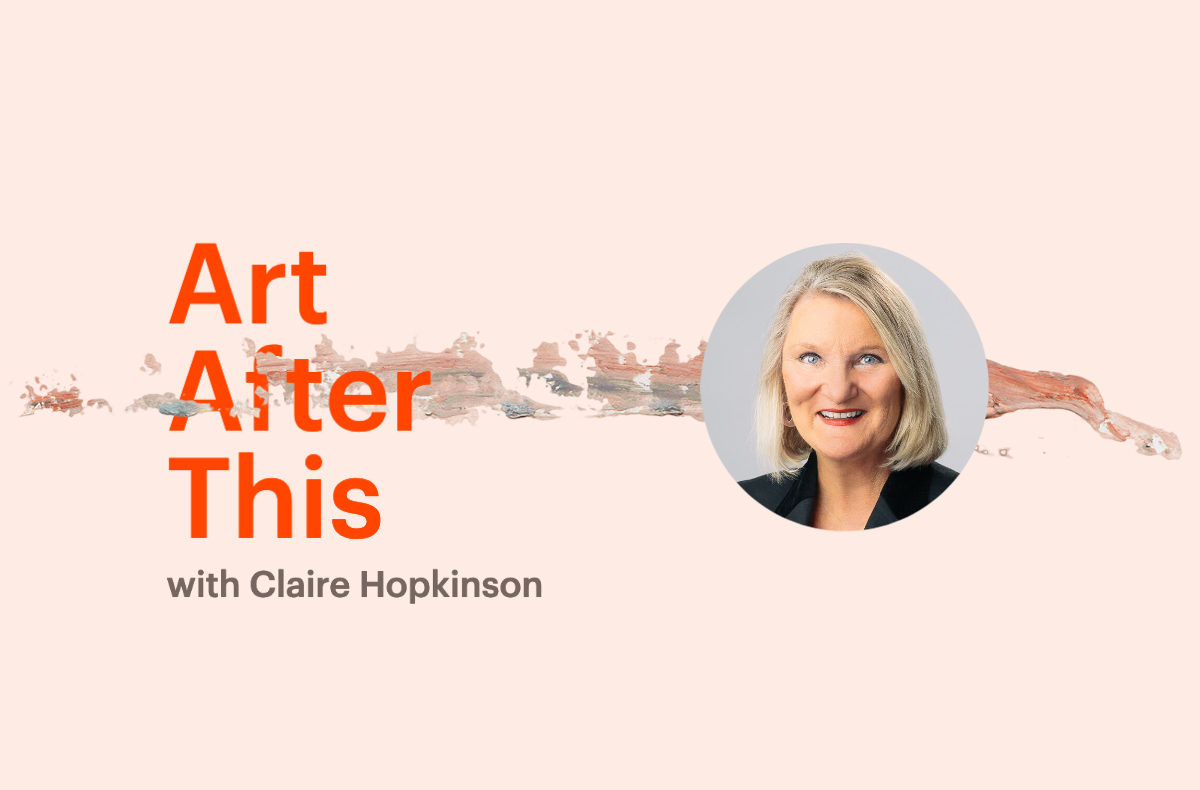By David Maggs, Metcalf Fellow on Arts and Society
Not many people outside Newfoundland had heard of Port aux Basques before Hurricane Fiona. Now even my American friends are writing to ask if I have family there. This is the town where the Trans-Canada Highway meets the ocean, the last stop before the mainland, the place that led to everywhere. Each summer, we’d load the family car and head down, crawling through town in the dark before morning and clanking up the metal ramp into a ferry boat bigger than any building we had ever seen. In the weeks following, vacation spent, we would roll back down that ramp, transformed by where we had been, what we had seen, and felt, and wondered about.
Port aux Basques was the place that saw you off and welcomed you back, the stage from which adventure launched and concluded, the place that didn’t change, while you did. Watching residents stand over the sticks and stoves of their ruined houses has left me wondering. What do they need? What is their hope now? To rebuild the family home exactly as it was and feel that familiarity come back as quickly as possible? Or has the change in the weather given them pause? Does the idea of the same thing in the same place no longer seem like a sensible thing to do?
For many in the arts, images of Fiona or Ian might seem a little “on the nose.” Coming out of the pandemic has felt a lot like returning to the family home after a hurricane. What now? Rebuild as quickly and similarly as we can? Or take deeper stock of recent events and finally see to those renovations we knew were due long ago?
It’s understandable how much we wanted things to go back to normal over the past year. Yet lately I’ve begun to wonder if one of the more damaging effects of the pandemic will be to eventually leave us nostalgic for 2019. It wasn’t always thus. Those early months were marked by such a palpable sense of ambivalence — the idea that something could be awful and necessary at the same time.
It was late summer of 2020, and I had just begun research for Art and the World After This. Wanting to probe this strange ambivalence, I asked arts leaders a peculiar question: The year is 2031. You have stumbled into an applied quantum physics laboratory and found a button you can press and the pandemic of 2020 will never have occurred. Should you press it?
Who pushed the button? Nobody.
Given the opportunity to return to 2019, no one said yes. It was a surprising sentiment to find so consistently amongst cultural leaders at that stage of the pandemic. Rather than the problem, the disruption was optimistically seen as a pause during which we might finally address deeper issues.
What happened? Did we lose our optimism? Did pandemic experiments convince us that finding our way into something new was futile? Or did we simply forget that 2019 capped decades of steadily declining revenues, thinning real wages, smaller houses, shorter runs, and fewer companies? Systems are built to return to themselves. When we like it, we call it “resilience,” when we don’t, we call it “snap back.” Either way, old habits are hard to break.
But what about that change in the weather? Many in the arts sector are predicting that the most challenging impacts of the pandemic are yet to be felt. As various forms of relief and re-emergence funding recede, are we going to regret having rebuilt in too familiar a fashion?
How much of our cultural policy should go on assuming it’s still 2019? And how much of it needs to imagine it’s 2031? Yogi Berra once said that when we come to a fork in the road we should take it, but he never said how much of ourselves to send in each direction. What’s the right mix? For the sector? For a company? For an artist still in their training years?
Finally, if we know where the “business-as-usual” path takes us, where does the other one lead? What does it mean to go forwards from here and where does that difference happen? In our art-making? Audience engagement? Organizational structures? Business models? And is it going to feel like progress when we get there?
This new series, Art After This, will feature conversations with arts leaders on these very questions. What it means to go forward from here, and how that varies across different practices, disciplines, identities, perspectives, and communities. What’s next? Why? And how do we get there?
Back in Port aux Basques the prime minister has come and gone, the military has arrived, and the insurance adjusters are hovering. Millions in federal, provincial, and donated funding will begin to flow, and in its wake, a town will re-emerge. Which one will it be? The old place that once led us everywhere? Or a new one that will again, ready for a world where the winds blow differently than they did before?






